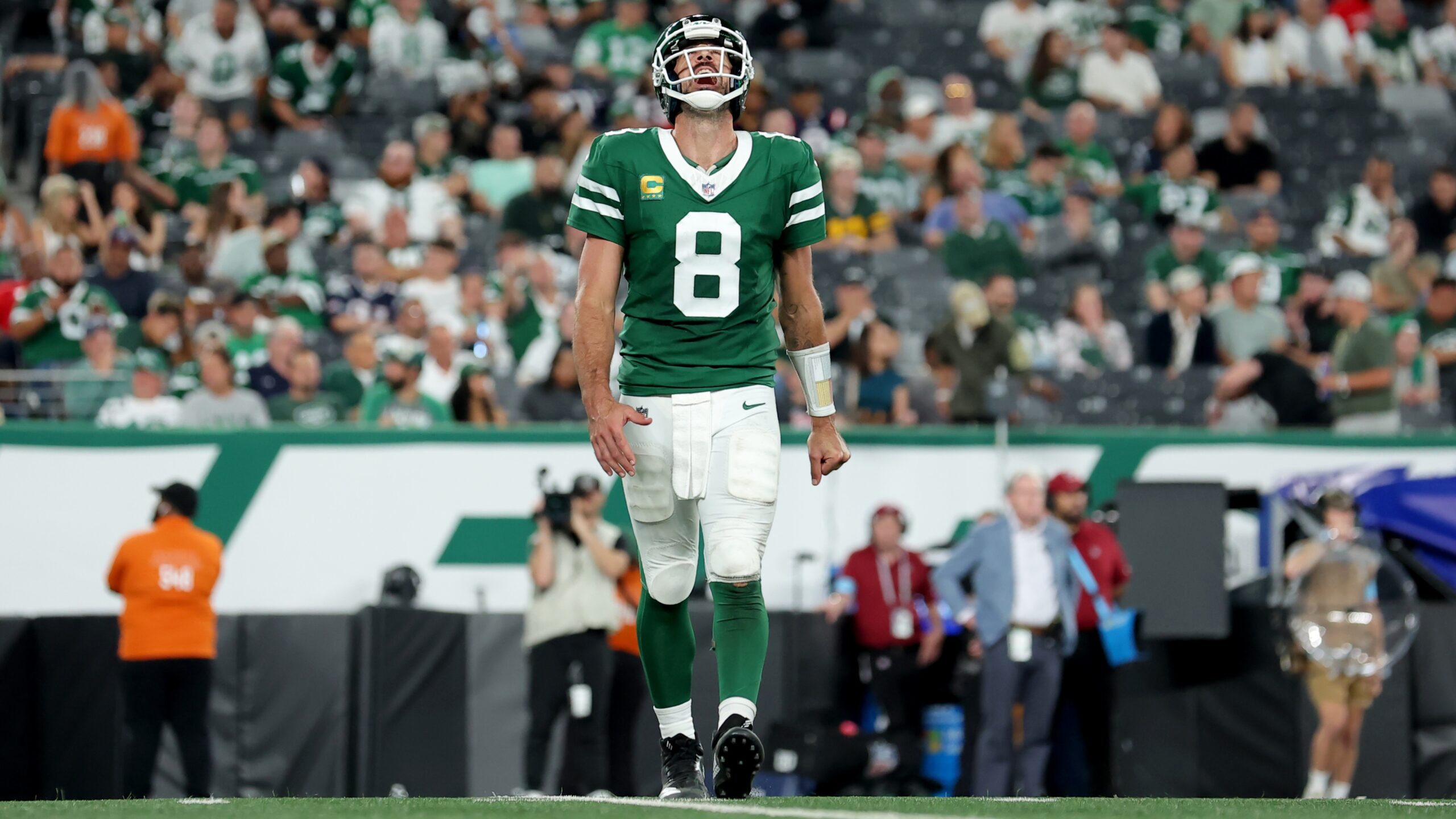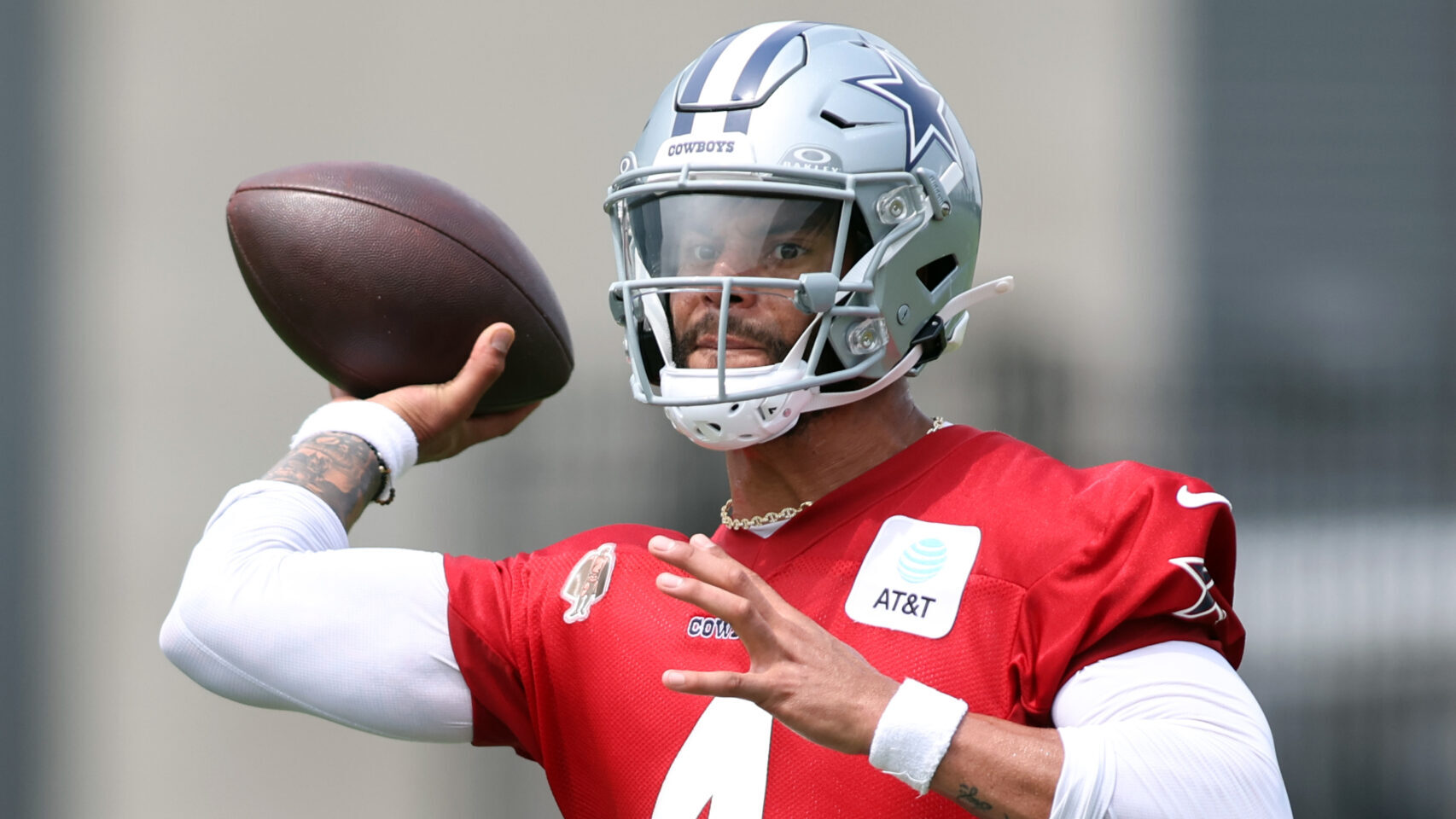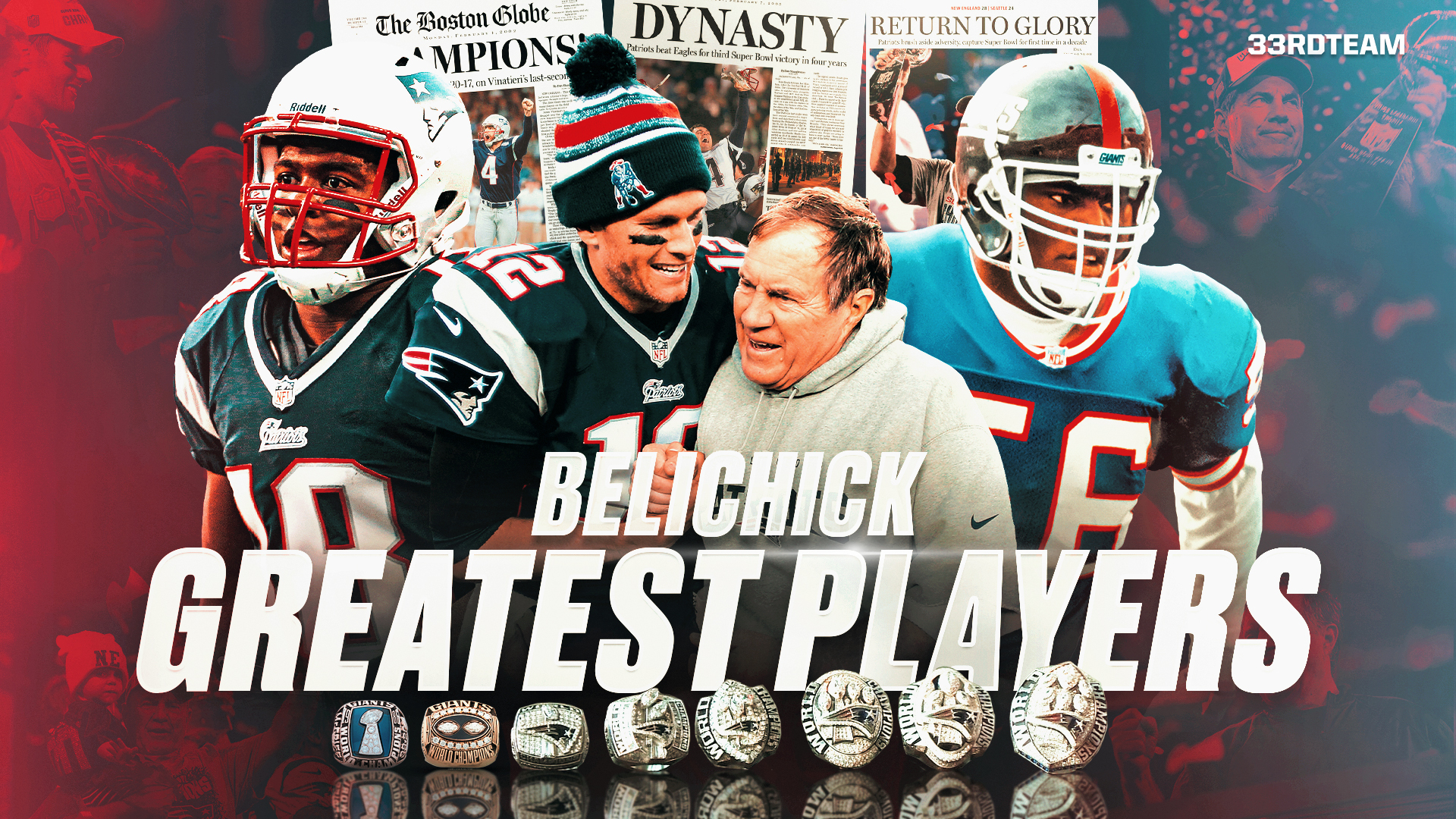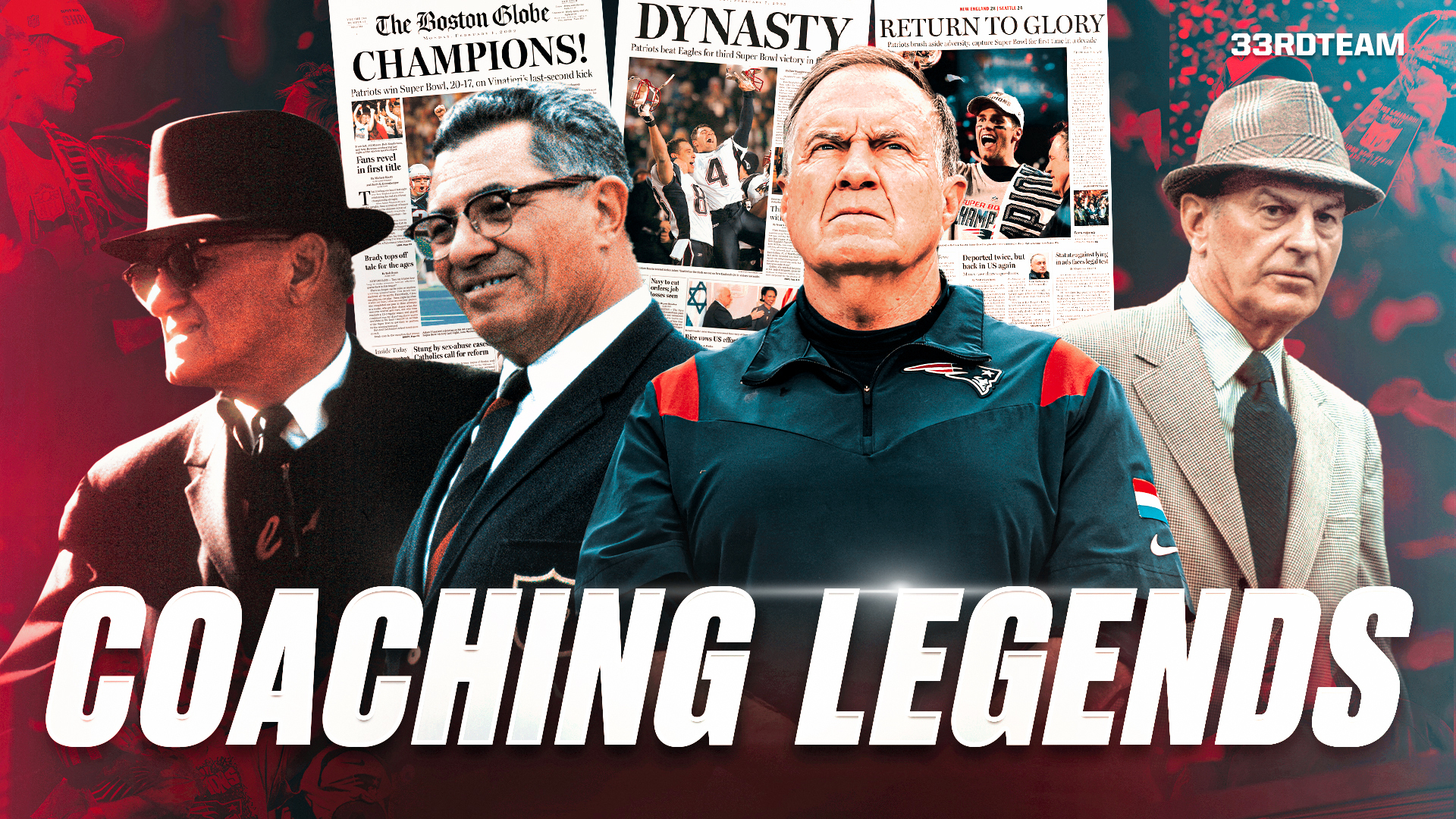Analysis
5/15/22
6 min read
Have the Philadelphia Eagles Invested Too Much at WR?
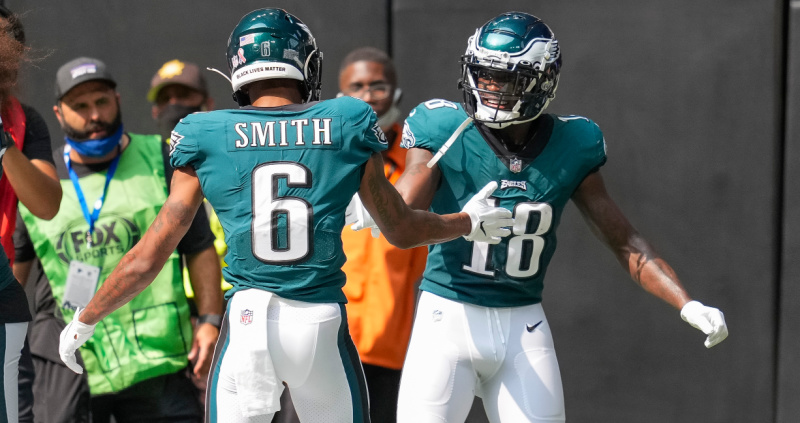
On the first day of the 2022 NFL Draft, the Philadelphia Eagles spent a 1st and a 3rd round draft pick to acquire wide receiver A.J. Brown from the Tennessee Titans.
In 2021, Brown had 63 receptions for 869 yards and five touchdowns. He was the fifth-ranked receiver on the Pro Football Focus board—and this was a down year for Brown who had a chest injury and spent time on injured reserve.
Brown sits atop the Eagles’ wide receiver depth chart alongside Devonta Smith and Quez Watkins. Fans and pundits alike lauded the pick from the moment it was made. The move wasn’t a complete shock, as rumors had connected the two sides before, but the aftershocks of the trade and the subsequent extension will be felt around the league for some time.
In all, the Eagles committed first and third-round picks (18th and 101st overall) and then four years, $100 million with $57 million guaranteed.
It might’ve been too much…
On The 33rd Team Wednesday Huddle, longtime NFL executives discussed that exact topic.
The issue is not that A.J. Brown isn’t worth that investment—if healthy, he almost certainly is. Rather, the issue is the extensive investment the Eagles have made in the wide receiver position. Since 2015, the team has committed four 1st Round picks, a 2nd Round pick and two 3rd Round picks to the receiver position.
- 2015 — 1st (Nelson Agholar)
- 2019 — 2nd (J.J. Arcega-Whiteside)
- 2020 — 1st (Jalen Reagor)
- 2021 — 1st and 3rd (Devonta Smith)
- 2022 — 1st and 3rd (A.J. Brown)
Do they have the best receiver corps in the NFL? It’s arguable, but also doubtful. They have the ability to be very good, but still not likely better than the Los Angeles Rams, Las Vegas Raiders, Tampa Bay Buccaneers or a few other teams that have invested far less in the position. 
In fact, it’s notable that the Eagles might have a better receiver corps in 2022 had they simply drafted better in 2020 when they drafted Jalen Reagor instead of the Minnesota Vikings Justin Jefferson.
Regardless of how anyone feels and no matter how bullish anyone is about their receiver corps, this is ultimately about asset management—perhaps one of the lesser understood facets of team management. Asset management is the difference between evaluating good players and actually building a team that has success. Football is the ultimate team sport, so that makes the use of assets ultimately important.
Eric Schaffer was a longtime front office executive for the Washington Commanders and compared the Eagles’ investment at the receiver position to his team’s own investment in the backend of the defense.
“In Washington,” Schaffer said, “we drafted two safeties in the Top 10—Sean Taylor and LaRon Landry. At the same time, we had two unrestricted free agent corners and then took Carlos Rogers in the Top 10. In the old system, when guys were drafted in the Top 10, we immediately had two of the highest paid safeties in the league. It put the team in a bind.”
Tom Lewand, former Detroit Lions executive, called those pre-2011 high draft picks a “double-barreled risk.”
“When you talk about investment,” Lewand said, “you’re talking about two things—draft capital investment being invested and financial capital being investment. Before 2011, they were one in the same.”
In Washington, Schaffer said one could easily see the lack of resources spent on the defensive line and on the offensive side of the ball.
“You might’ve had the two best safeties in the league,” Schaffer said, “but how’s that going to extend to winning?”
In short, it didn’t.
Taylor tragically died during the 2007 season, Landry stayed on the team until 2011. Rogers lasted until 2010. Those two corners (Fred Smoot and Shawn Springs) didn’t even last that long. Washington had a winning season in 2007 and then not again until 2012, when all those players were off the team.
With the draft capital and cap space spent on A.J. Brown alone—let alone the rest of the depth chart—it’s more than possible the Eagles are committing just as much if not more to the position than Washington did to the defensive backfield. Still, Lewand doesn’t believe Philly is taking that double-barreled risk.
“If they’ve got a plan to use that third receiver more than 56 percent of the time; if they have a plan to have depth at the position to help their quarterback; if they’re making tweaks to their scheme; if they’re trying to be ahead of the curve…if there’s alignment on the move, at least you have a chance.”
Former New York Jets executive and co-founder of The 33rd Team, Mike Tannenbaum, also pointed to that alignment in the selection of cornerback Kyle Wilson who is also now a member of The 33rd Team’s Wednesday Huddle.
“We had Darrelle Revis,” Tannenbaum said. “He was underpaid every 10 minutes and rightfully so. Then, we traded for Antonio Cromartie. Working with Rex Ryan, we drafted Kyle Wilson in the first round as a starter—just because of the way we were playing defense.”
The question is not, then, whether or not the investment is good, but whether the entire portfolio is sound.
“Where can you take it from?” Tannenbaum added, “You have to finish out the equation on where you go short.”
He also joked that Ryan just wanted to take it from the offense, which led to a round of laughs from the longtime coaches and executives on the call.
Time will tell if the Eagles have made the right move investing so much in the wide receiver position, but this isn’t a game of Madden. There is more to the discussion than just how talented these receivers might be on the field. Their chemistry together matters. The caliber of the quarterback throwing to them matters. The running game matters. The defense matters.
When all is said and done, the story of the Eagles will be written in the win-loss record, but if their historical investment in the wide receiver position is going to be successful, it will be because of more than the talent of these receivers. It will be because the team is successful…and with so much time, draft capital and money investing in one position, that is easier said than done.



